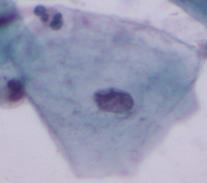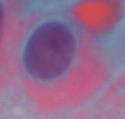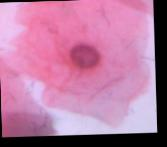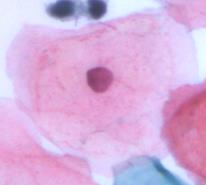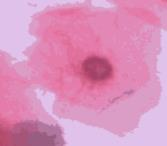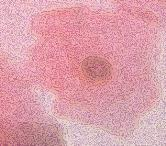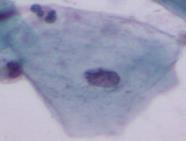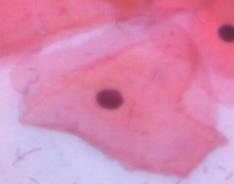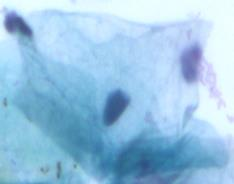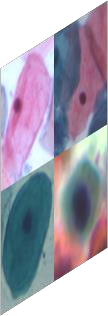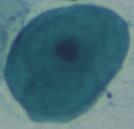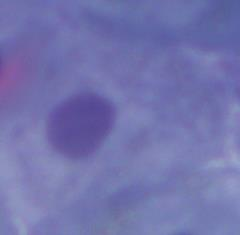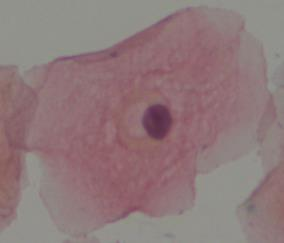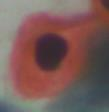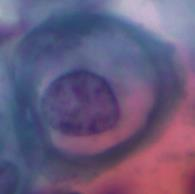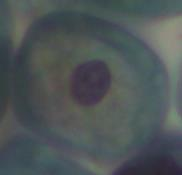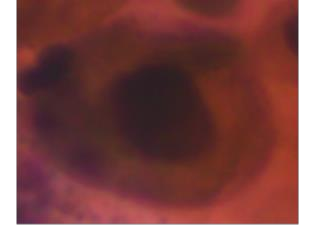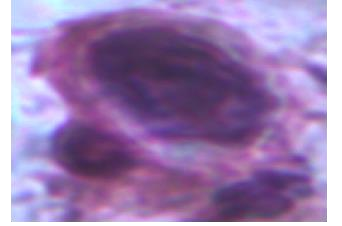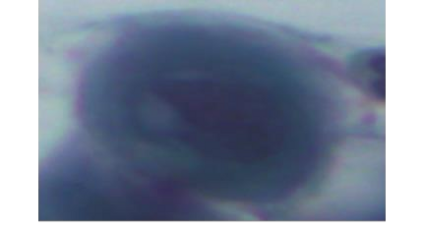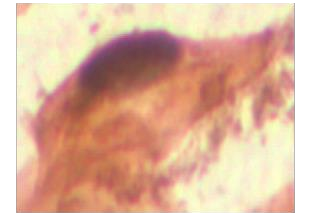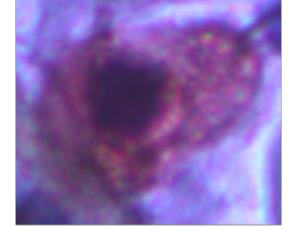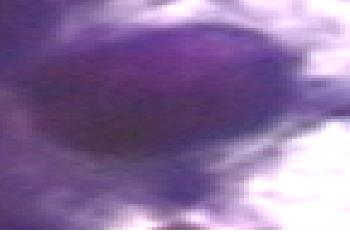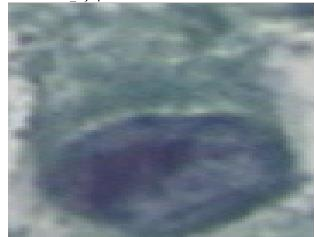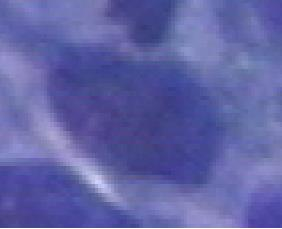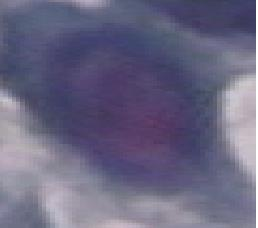Cervical cancer, one of the most common fatal cancers among women, can be prevented by regular screening to detect any precancerous lesions at early stages and treat them. Pap smear test is a widely performed screening technique for early detection of cervical cancer, whereas this manual screening method suffers from high false-positive results because of human errors. To improve the manual screening practice, machine learning (ML) and deep learning (DL) based computer-aided diagnostic (CAD) systems have been investigated widely to classify cervical pap cells. Most of the existing researches require pre-segmented images to obtain good classification results, whereas accurate cervical cell segmentation is challenging because of cell clustering. Some studies rely on handcrafted features, which cannot guarantee the classification stage's optimality. Moreover, DL provides poor performance for a multiclass classification task when there is an uneven distribution of data, which is prevalent in the cervical cell dataset. This investigation has addressed those limitations by proposing DeepCervix, a hybrid deep feature fusion (HDFF) technique based on DL to classify the cervical cells accurately. Our proposed method uses various DL models to capture more potential information to enhance classification performance. Our proposed HDFF method is tested on the publicly available SIPAKMED dataset and compared the performance with base DL models and the LF method. For the SIPAKMED dataset, we have obtained the state-of-the-art classification accuracy of 99.85%, 99.38%, and 99.14% for 2-class, 3-class, and 5-class classification. Moreover, our method is tested on the Herlev dataset and achieves an accuracy of 98.32% for binary class and 90.32% for 7-class classification.
翻译:宫颈癌是女性最常见的致命癌症之一,可以通过定期筛查来预防这种癌症,在早期发现任何先发性损伤并治疗这些病菌。宫颈抹片检查是一种广泛应用的早期发现宫颈癌的筛查技术,而这种人工筛查方法则因人为错误而产生高假阳性的结果。为了改进人工筛查做法、机器学习(ML)和基于计算机辅助诊断(DL)的计算机辅助诊断(CAD)系统,对宫颈病细胞进行了广泛调查。大多数现有研究都需要预先分类的图像,以获得良好的分类结果,而准确的宫颈细胞分解则具有挑战性。有些研究依靠手工艺的特征,无法保证分类阶段的最佳性。此外,当数据分布不均时,DL为多级分类工作提供了不良的性能,而宫颈细胞诊断(CADAD)的分布非常普遍。这项调查解决了这些局限性,提出了DeepCervix,一种混合深度特征分类(HDFF)5技术,以DL对宫颈细胞进行精确分类,而准确的分类则具有挑战性。我们的拟议方法使用了各种DL模型,用各种DL模型和SDFL方法来测量数据。

